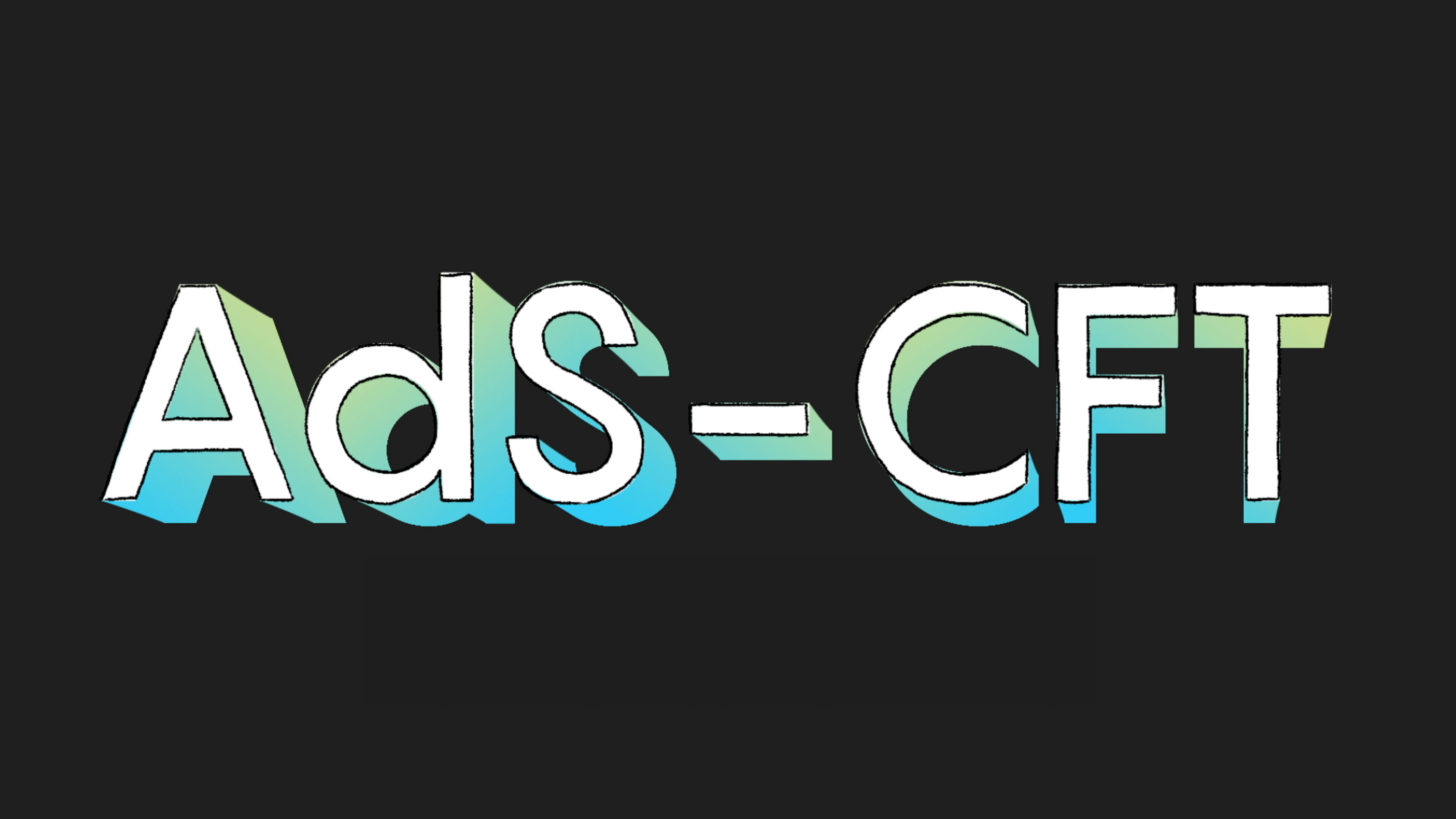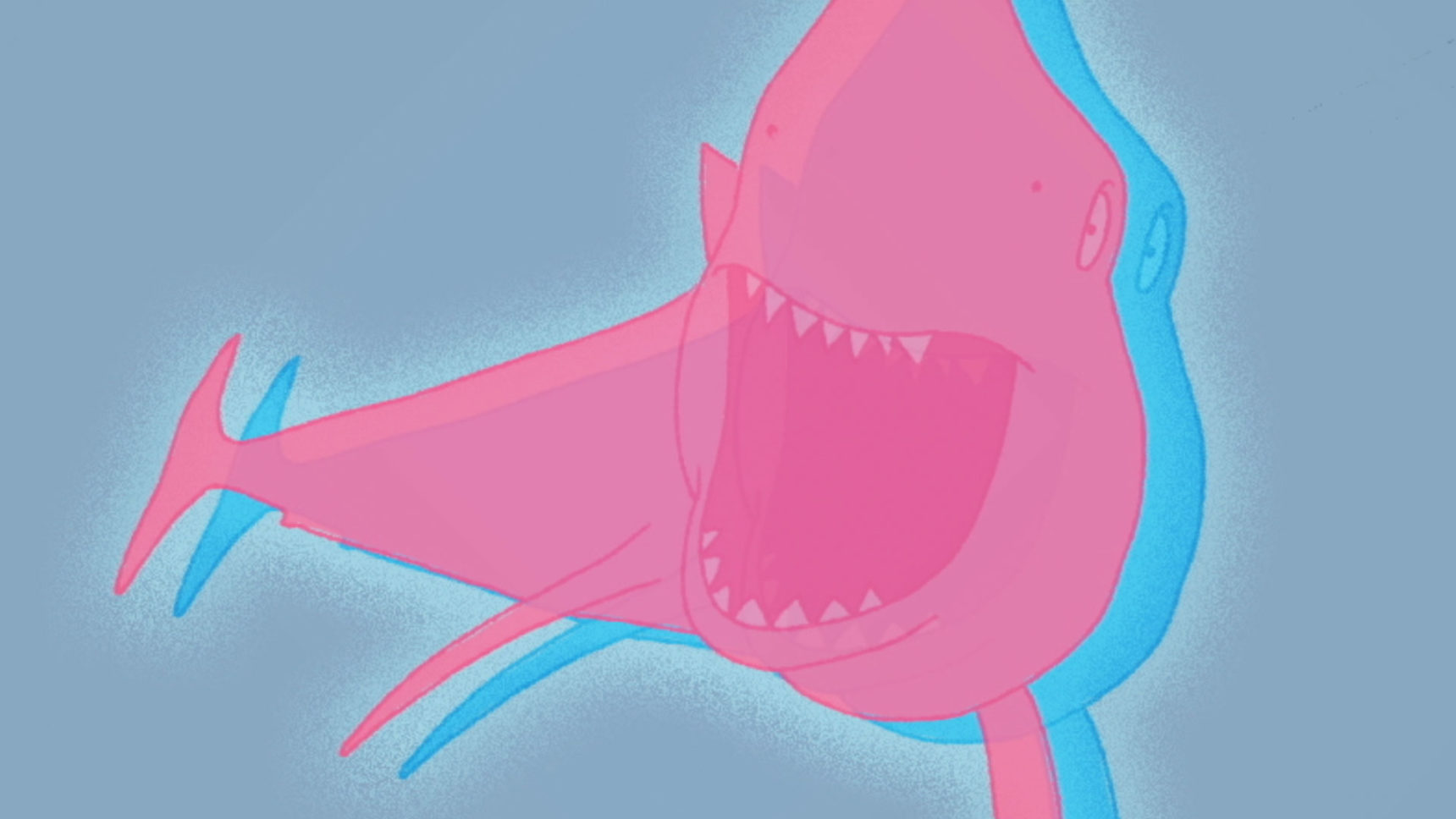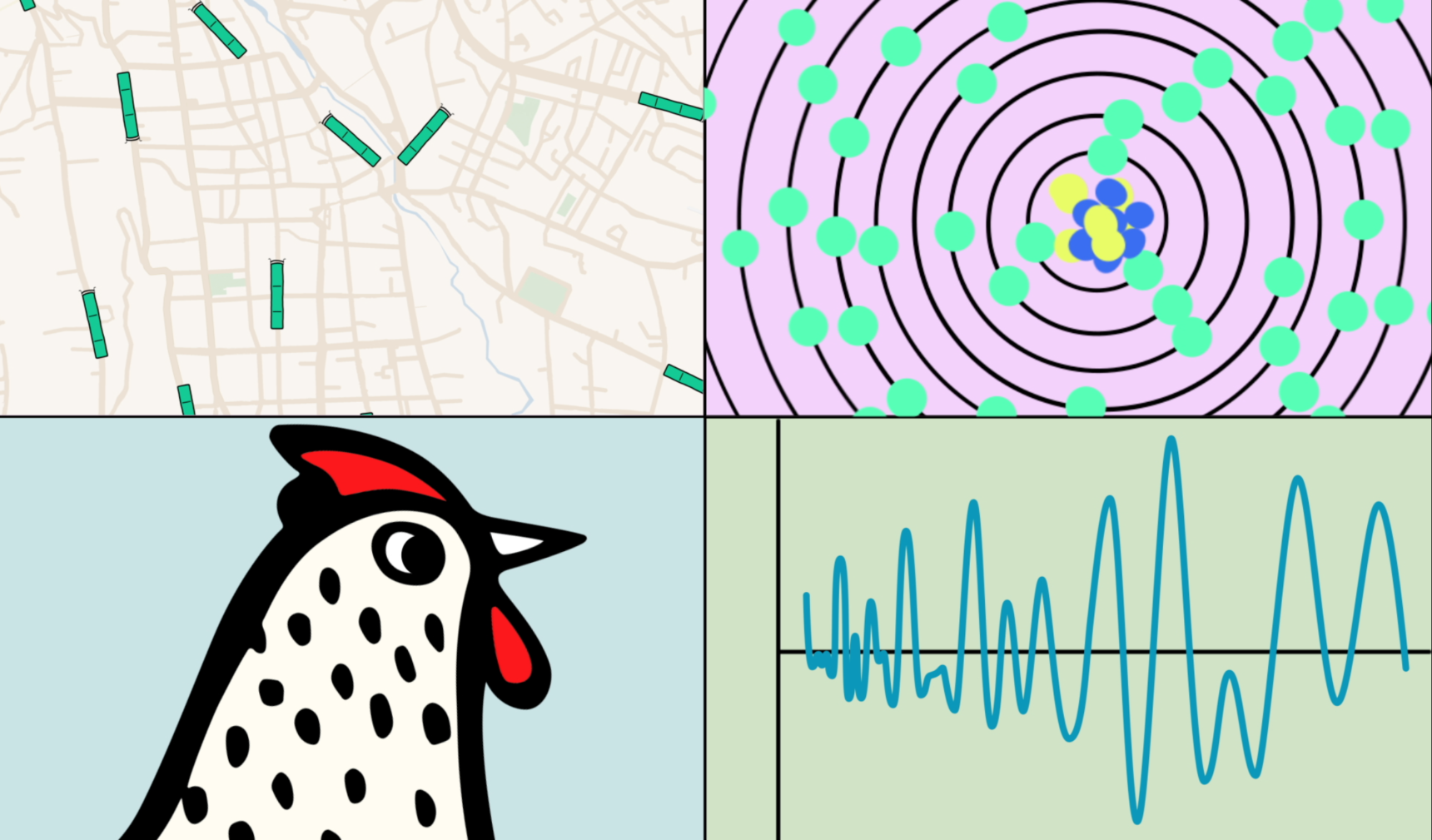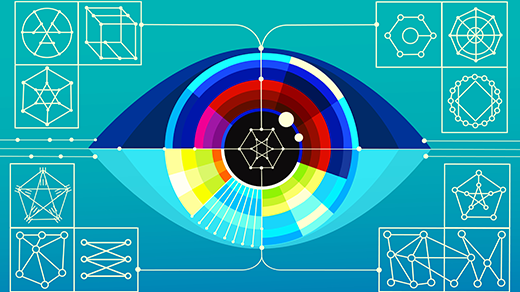How Holography Could Help Solve Quantum Gravity

Jonathan Trueblood for Quanta Magazine
Introduction
How does gravity work at the particle level? The question has stumped physicists since the two bedrock theories of general relativity (Albert Einstein’s equations envisioning gravity as curves in the geometry of space-time) and quantum mechanics (equations that describe particle interactions) revolutionized the discipline about a century ago.
One challenge to solving the problem lies in the relative weakness of gravity compared with the strong, weak and electromagnetic forces that govern the subatomic realm. Though gravity exerts an unmistakable influence on macroscopic objects like orbiting planets, leaping sharks and everything else we physically experience, it produces a negligible effect at the particle level, so physicists can’t test or study how it works at that scale.
Confounding matters, the two sets of equations don’t play well together. General relativity paints a continuous picture of space-time while in quantum mechanics everything is quantized in discrete chunks. Their incompatibility leads physicists to suspect that a more fundamental theory is needed to unify all four forces of nature and describe them at all scales.
One relatively recent approach to understanding quantum gravity makes use of a “holographic duality” from string theory called the AdS-CFT correspondence. Our latest In Theory video explains how this correspondence connects a lower dimensional particle theory to a higher dimensional space that includes gravity:
This holographic duality has become a powerful theoretical tool in the quest to understand quantum gravity and the inner workings of black holes and the Big Bang, where extreme gravity operates at tiny scales.
We hope you enjoyed this second episode from season two of Quanta’s In Theory video series. Season two opened in August with an animated explainer about a mysterious mathematical pattern that has been discovered in disparate settings — in the energy spectra of heavy atomic nuclei, a function related to the distribution of prime numbers, an independent bus system in Mexico, spectral measurements of the internet, Arctic ponds, human bones and the color-sensitive cone cells in chicken eyes. To learn more, watch episode one below:
May 23, 2019, update: This In Theory episode aired on the PBS show SciTech Now. The other videos in this series explored emergence, turbulent flows and Feynman diagrams.





